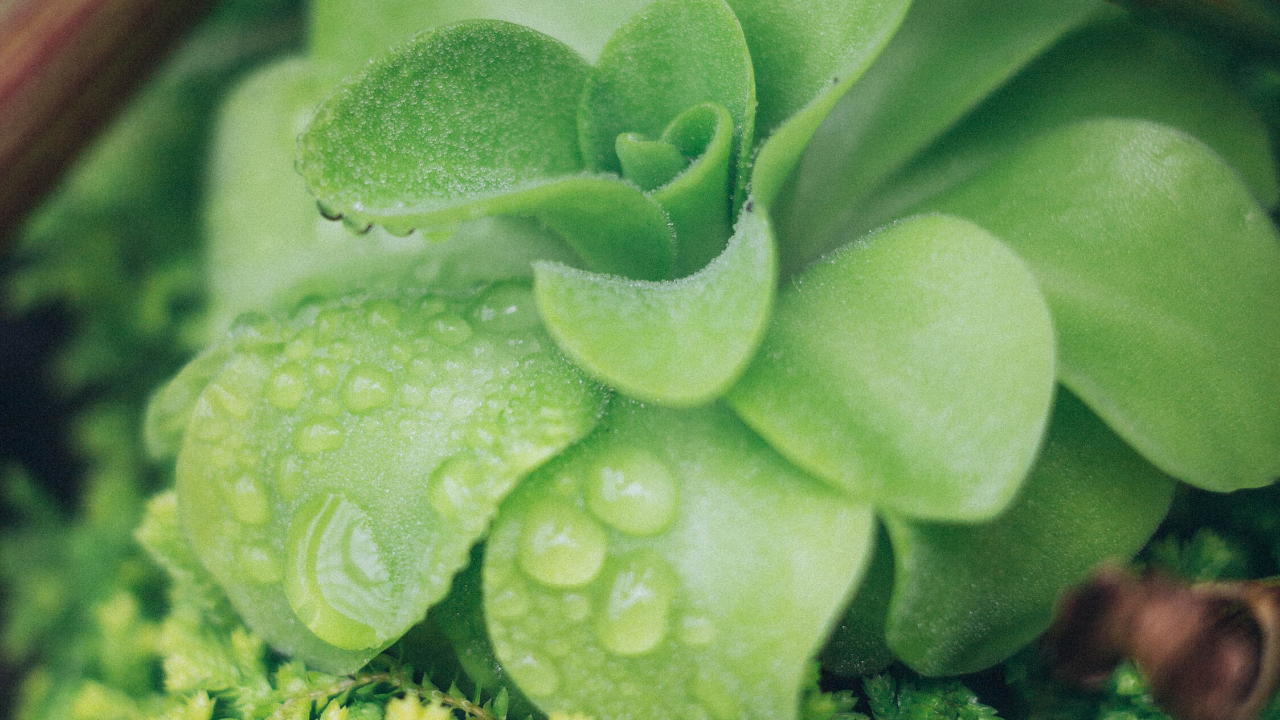
Although succulents are fairly easy to grow, there are still several issues that occasionally bother succulent enthusiasts. These succulent issues are caused by inadequate care, pests, and diseases, but it’s usually quite tricky to identify the cause of the problem.

When you see your obviously unhealthy (or dying) succulent you probably ask yourself a bunch of questions. Did I overwater my succulent? Does it get enough sunlight? What’s wrong with my succulent?
In the text below, we will try to give you the answer to these and many other questions, and help you identify succulent problems depending on their look, but we will also try to give you a solution to these issues.
Here are the some of the common succulent issues and how to fix them.
Leaves Turning Yellow
Cause: Overwatering
If the leaves of your succulent are losing color or becoming yellow or somewhat translucent, this is pretty much the sign of overwatering. This problem usually starts from the lower leaves and gradually spread to the upper section of a plant. Unfortunately, these symptoms say that the root has been damaged or rotten and it’s probably too late to save your succulent. Overwatering is the fastest way to kill your succulents. The reason why succulents are drought-tolerant is that they store water in their leaves, stems, or roots. They need less frequent watering schedule than most of the plants.
Solution: If your succulent is dying because of overwatering, there’s nothing much you can do. You can cut back on watering if the damage is not severe or try to save a part of the stem or part of the plant. But if it’s too late, you can propagate your plant through leaves, if possible. You can also prevent this from happening again. Use potting mix for cacti and succulents which drains out quickly. Cut back on watering and make sure you water your succulent only when the soil is completely dry.
Leaves Are Falling Off
Cause: Overwatering
Some succulents like Aeonium completely drops off their leaves during dormancy. Some healthy succulents drop off the lower leaves on a regular basis. But if the leaves fall off at the slightest touch, that could be the sign of overwatering.
Solution: Cut back on water immediately.
Wrinkled and Withered Leaves
Cause: Underwatering
If succulent leaves look withered and wrinkled like they’re dehydrated, or if they’re soft and spongy to the touch, instead of being firm, the issue is related to underwatering. Sometimes it can be related to scale or mealybug infestation, so inspect the succulents for pests.
Solution: Water the plant and you’ll notice a change within a few hours. The leaves will return its freshness, firmness, and will become fleshy again. Luckily, underwatering is a tiny problem compared to overwatering.
Succulent Changed Its Shape and Stretched Out
Cause: Lack of Sunlight
The plant has lost its compact shape, it looks ‘leggy’ and elongated, the leaves are pointing down, or the spaces between leaves have drastically increased. Depending on the succulent type, lack of sunlight can lead to the symptoms above. Succulents need at least 6 hours od sunlight per day. They prefer sunny, bright sites, possibly with the indirect sun. If they’re placed in a shady or dark spot, there’s a 100% chance of getting leggy. The same goes for succulents in the northern window – they will definitely become stretchy and lose its attractive shape.
Solution: Once stretched out, the plant cannot return its compact shape. The leaves that curled down won’t get back their previous form. You can cut back your plant or start a new one from cuttings.
Leaves Pointing Down
Cause: Lack of Sunlight
As said above, succulents need a lot of light. Otherwise, they start to stretch, reaching for more light. Sometimes, a few of the plant’s upper leaves are pointed up, while the greater portion of leaves is pointed down. This happens with Echeveria, for example.
Solution: Once it loses its shape, it will stay that way. Try to cut back the plant or start a new one from cuttings.
Leaves Turning Black or Dark Brown
Cause: Rot
If your succulent has dark brown, black, or reddish leaves that look withered, the problem is probably related to rotten rot caused by overwatering. Rot usually starts spreading from the stem and lower leaves, but sometimes it can occur on the top of the plant. Sometimes the cause of rotting can be related to pests, so check your plant for potential infestation.
Solution: As with any problem related to overwatering, the situation is probably irreversible.
Brown or Dark Patches on Leaves
Cause: Sunburn
These symptoms are probably the sign of sunburn. In the beginning, sunburns look like white marks. But if the sunburn is severe, the plant leaves can entirely go brown or get dark brown patches. Sometimes a leaf can get dark and crispy.
Solution: Move your succulent to a site where it’s protected from the direct hot afternoon sun. Make sure they still get enough amount of light but avoid direct sunlight. If you’ve been keeping your succulent indoors during the winter, be sure to gradually adapt your plant to outside conditions and expose it to sunlight gradually.
Collapsed, Pale, and Mushy Succulent
Cause: Frost and Winter Damage
If this happens, you will probably know the cause. Maybe you’ve moved your succulent outside before the danger of frost has passed. Or your succulent encountered a sudden weather change and temperature drop. Just a single night outside, exposed to frost, can kill off any tender succulent.
Solution: Unfortunately, if the plant has frozen and collapsed, it won’t recover. But in the future, protect your tender succulents, and if you live in cooler climates, choose cold-hardy varieties such as Sempervivum.
Odd-Looking or Gigantic New Growth
Cause: Viral Diseases
Sometimes succulent can grow extremely tall, looking odd or damaged. This problem is probably related to viral or fungal infection, or pest infestation. Succulents are susceptible to various pests but the most common are mealybugs, gnats, red spider mites, and aphids. Viral infections are transferred to the succulents through insects and pests.
Solution: Inspect your succulents regularly. If you notice any pests, isolate the infested plant to prevent pests from spreading to other plants. Treat the plant with an adequate pesticide. In the case of viral infection, be sure to treat the insects that have brought the disease to the plant.



